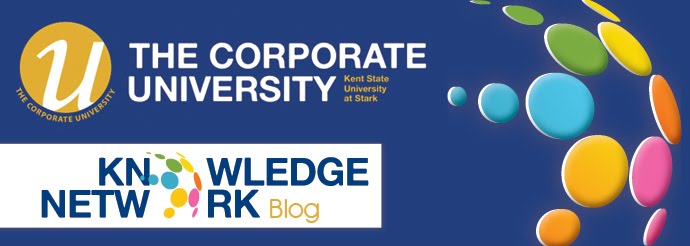For about 50 weeks out of every year, our quiet little campus maintains “business as usual.” Our faculty members teach, our students learn, our facilities and processes hum along in the usual manner that befits an institution of higher learning. For two weeks out of the year, the campus becomes far more exciting.
Stark County and specifically, Canton, Ohio, is the home of professional football. We value our gridiron heritage and we celebrate it with great pomp, abandon and enthusiasm once every year for about ten days in late July and early August. Our campus has the very great privilege of hosting a couple events that bring tens of thousands of visitors to our campus for three days for a food festival and hot air balloon launch. Except to call it a launch is woefully inadequate; there is music, there is food, there are fireworks and pretty girls; skydivers and vendors and booths; it’s a celebration on a grandiose scale.
As you might imagine, preparing the campus for this event is no small task. The university grounds staff start weeks in advance tidying and weeding and washing windows. The kitchen workers prepare to feed hundreds of pilots, passengers, alumni and campus friends and dignitaries over the three-day event. Armies of volunteers from the community raise tents and haul in generators and direct traffic. It’s really quite something. All of this just to watch hot air fill a nylon envelope and raise baskets of humans skyward where they can delight in the beauty of our community from on high.
Hot air is a powerful force that is able to lift hundreds of pounds of gear, passengers and a basket heavenward. Hot air is a beautiful site as it fills the brightly colored folds of the balloon’s envelope.
Hot air, in one context, as in “he/she is full of,” has gotten a bad rap in my opinion. Clearly, hot air can act as an energy source and can power a vehicle. I believe the secret is in the vehicle design and how the air is channeled and used for a positive, not negative effect.
Does the hot air in your organization simply hang like a fog that dampens creativity and innovation? Or, does the “hot air” in your organization put the wind in your sails? Can it raise the organization to new levels? Do you focus your “hot air” for the good of your organization?
